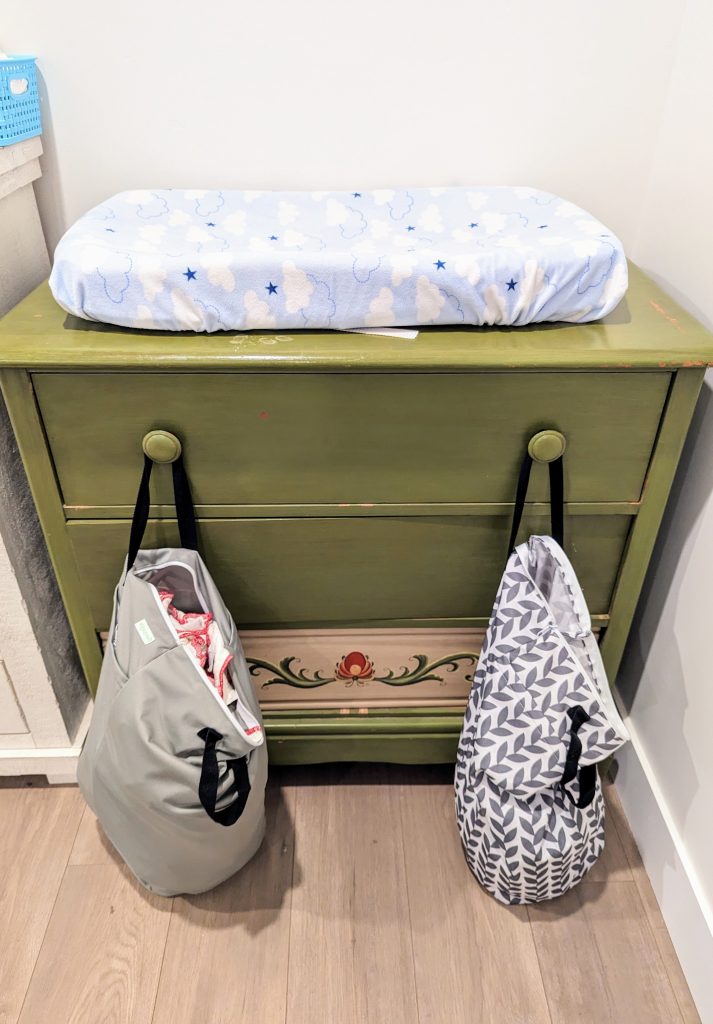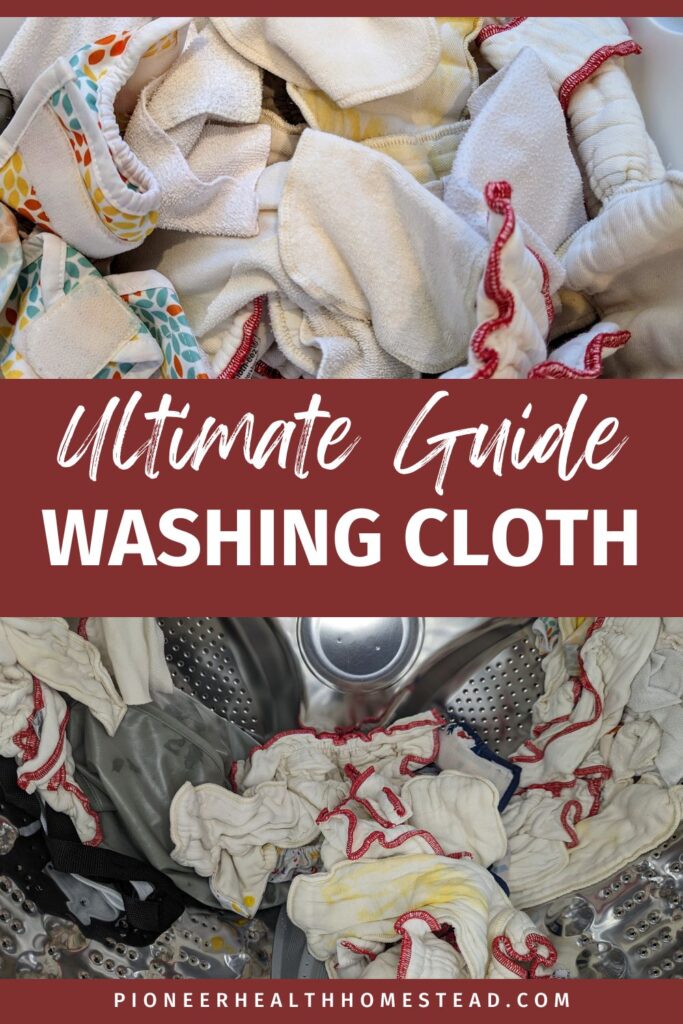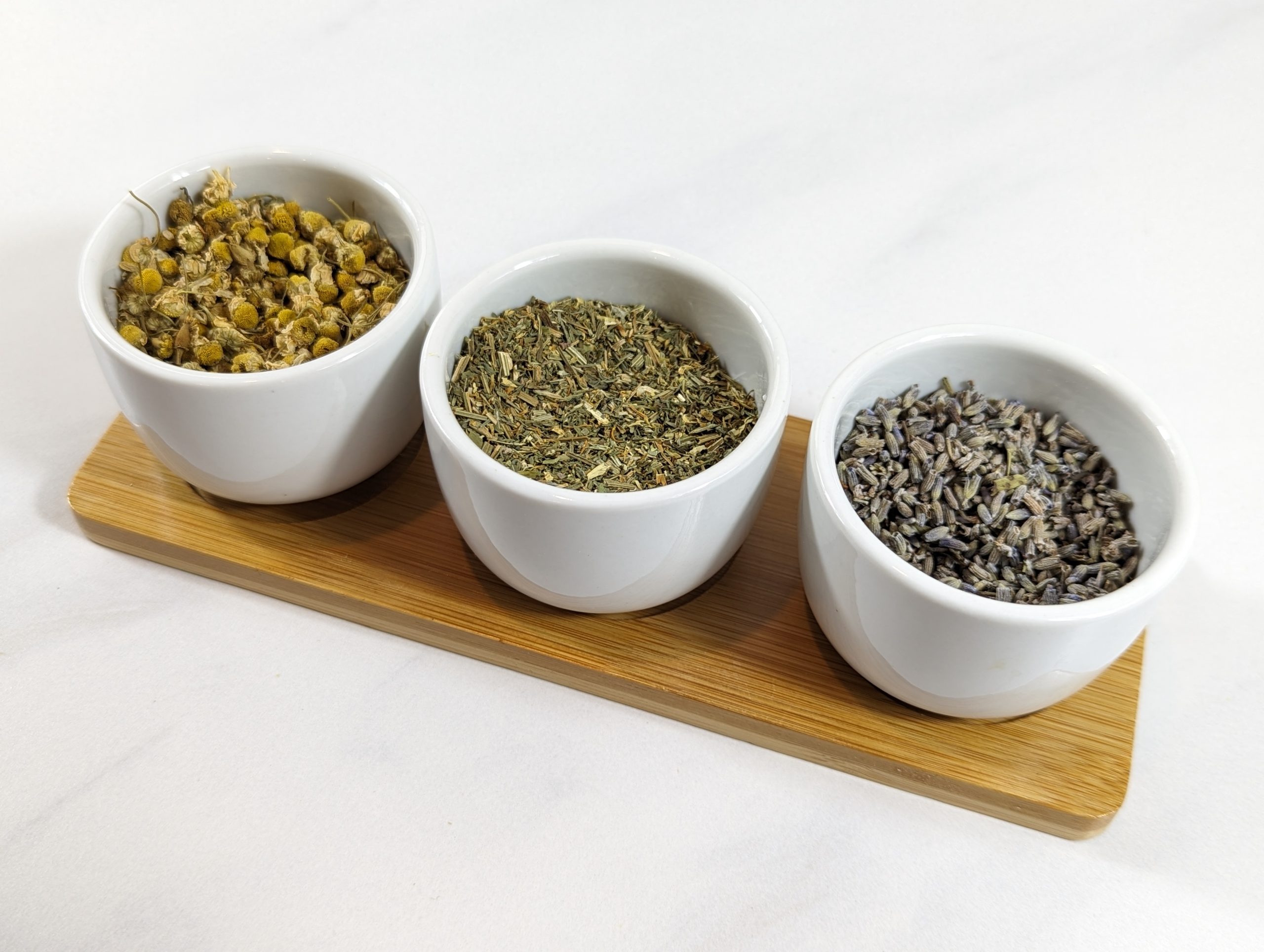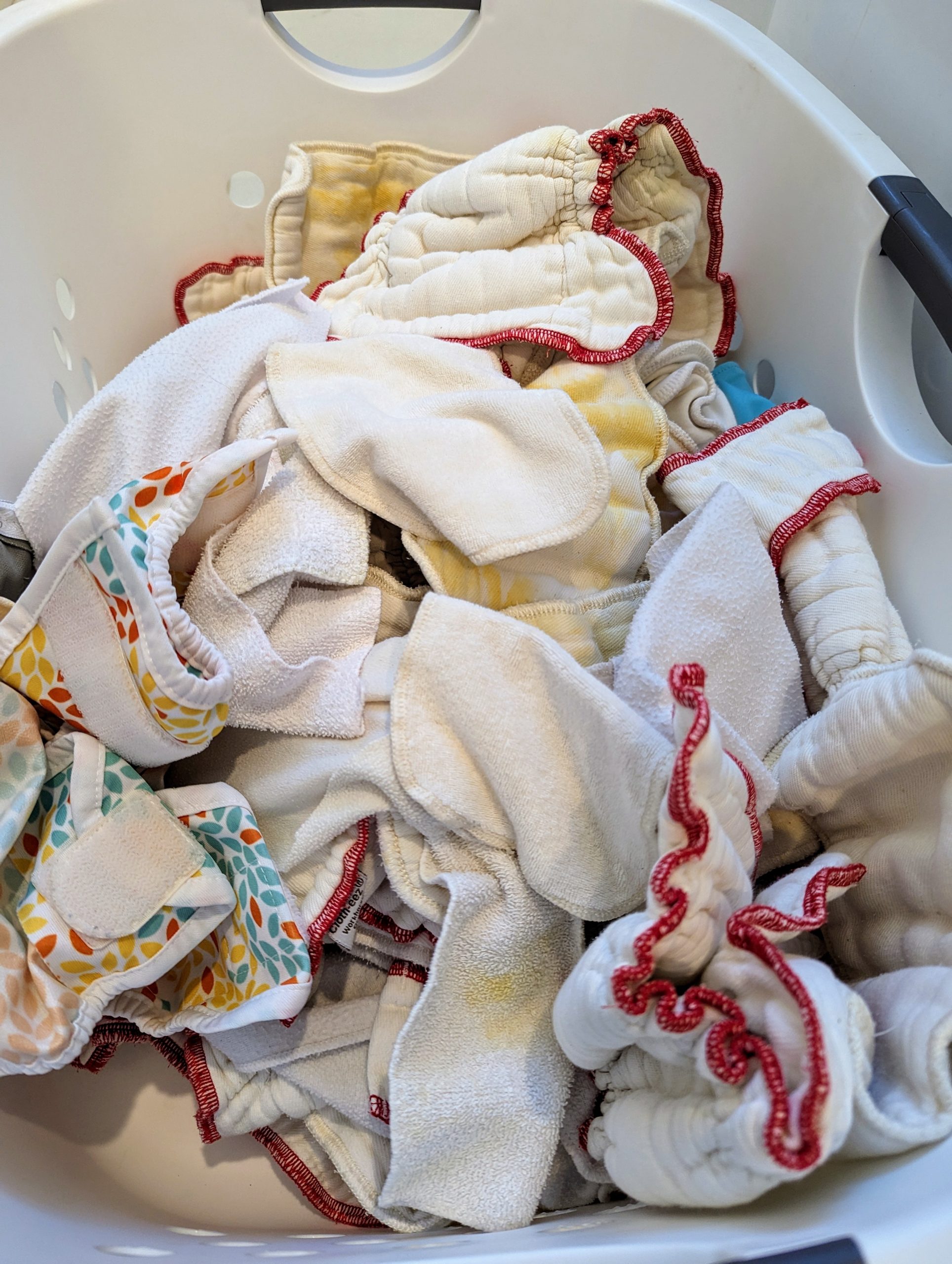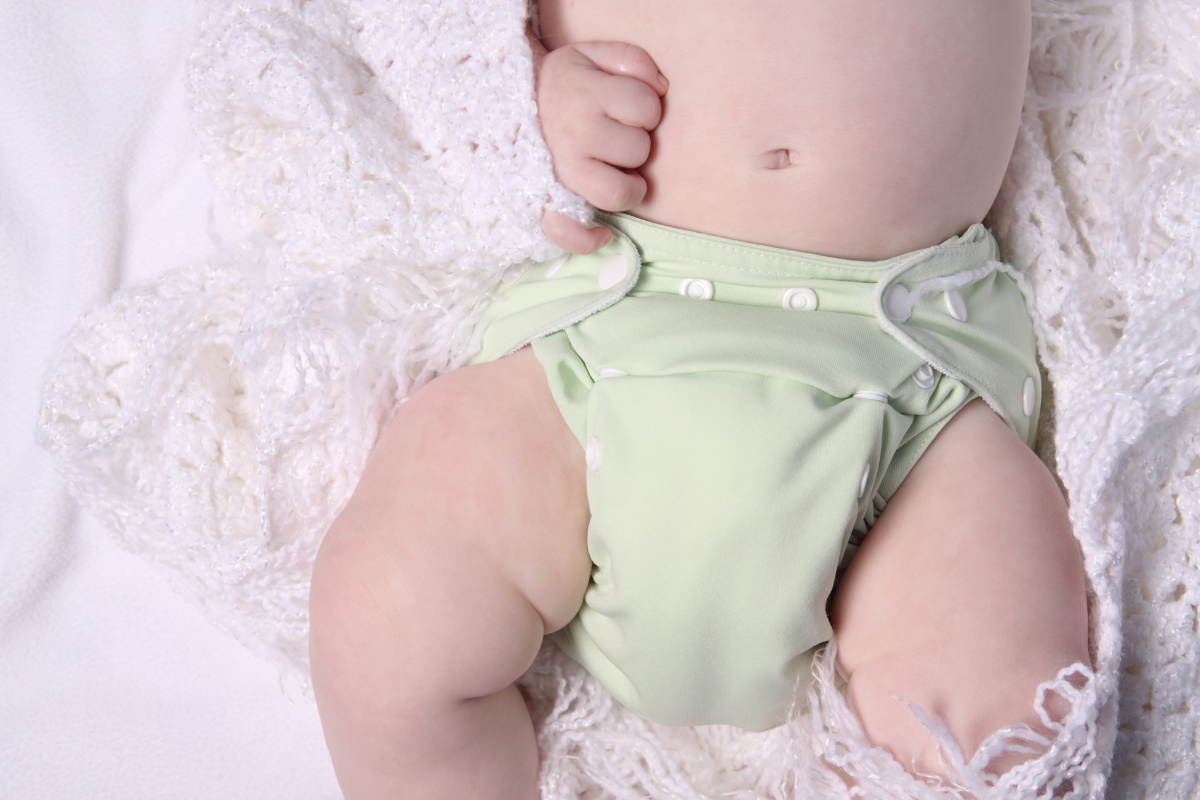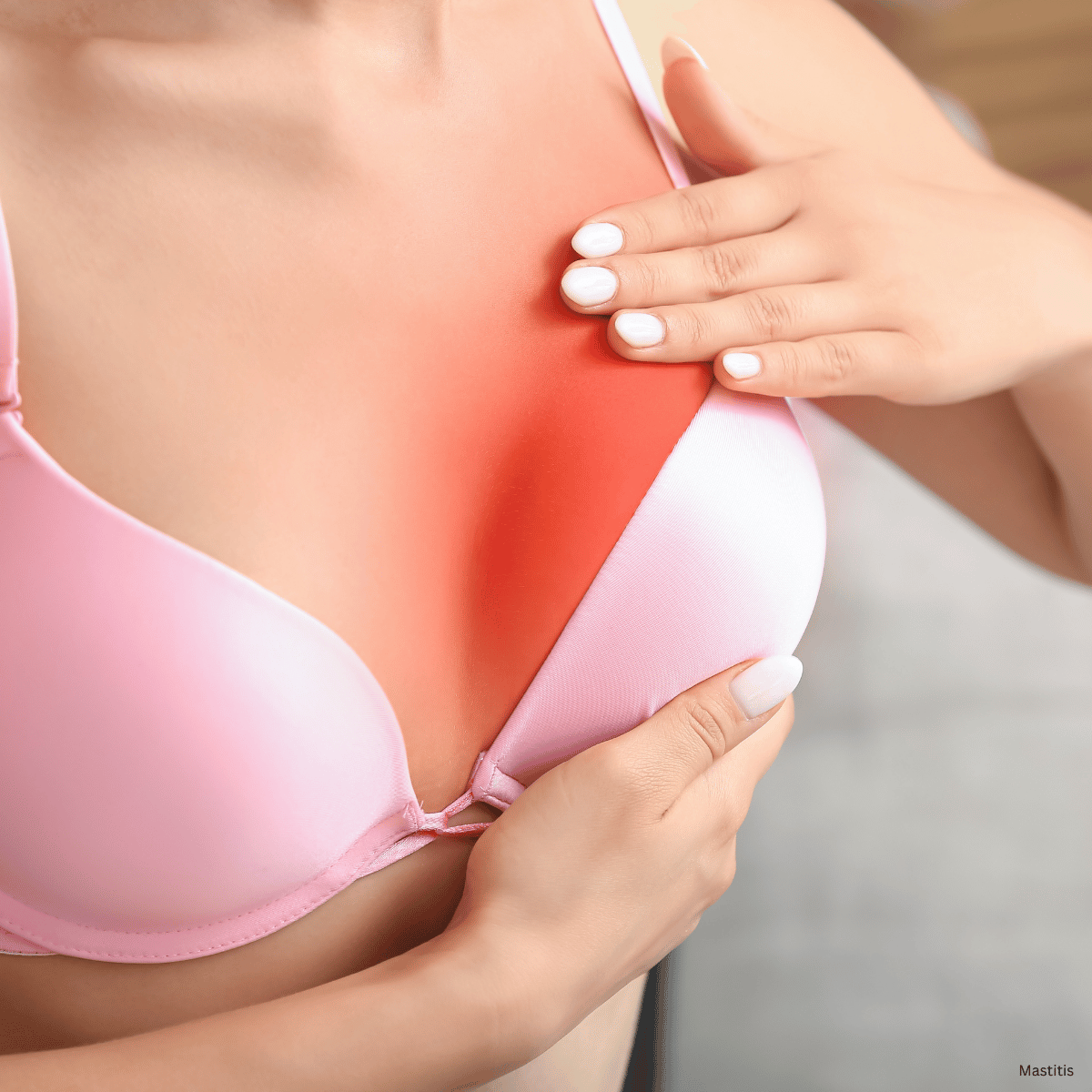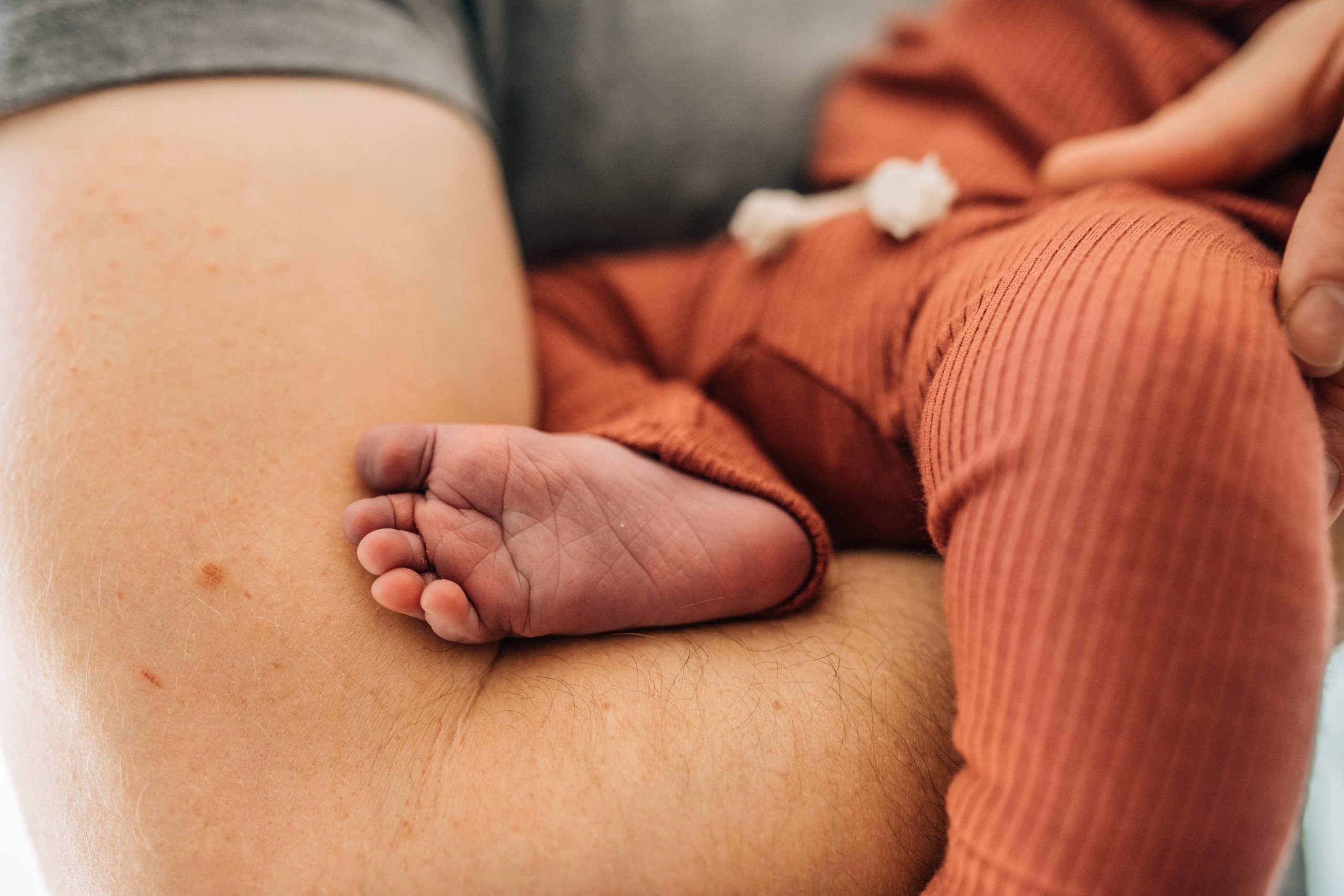The Different Types of Cloth Diapers: Ultimate Guide
The different types of cloth diapers offer a sustainable and eco-friendly alternative to disposable diapers for your baby. As a mom of five and a Registered Nurse, I’ve seen the many benefits of reusable cloth diapers firsthand. This guide will help you understand the major types of cloth diapers and choose the best cloth diapers for your family.
Don’t miss my YouTube videos for additional tips, and stay tuned for a section on how to wash cloth diapers!
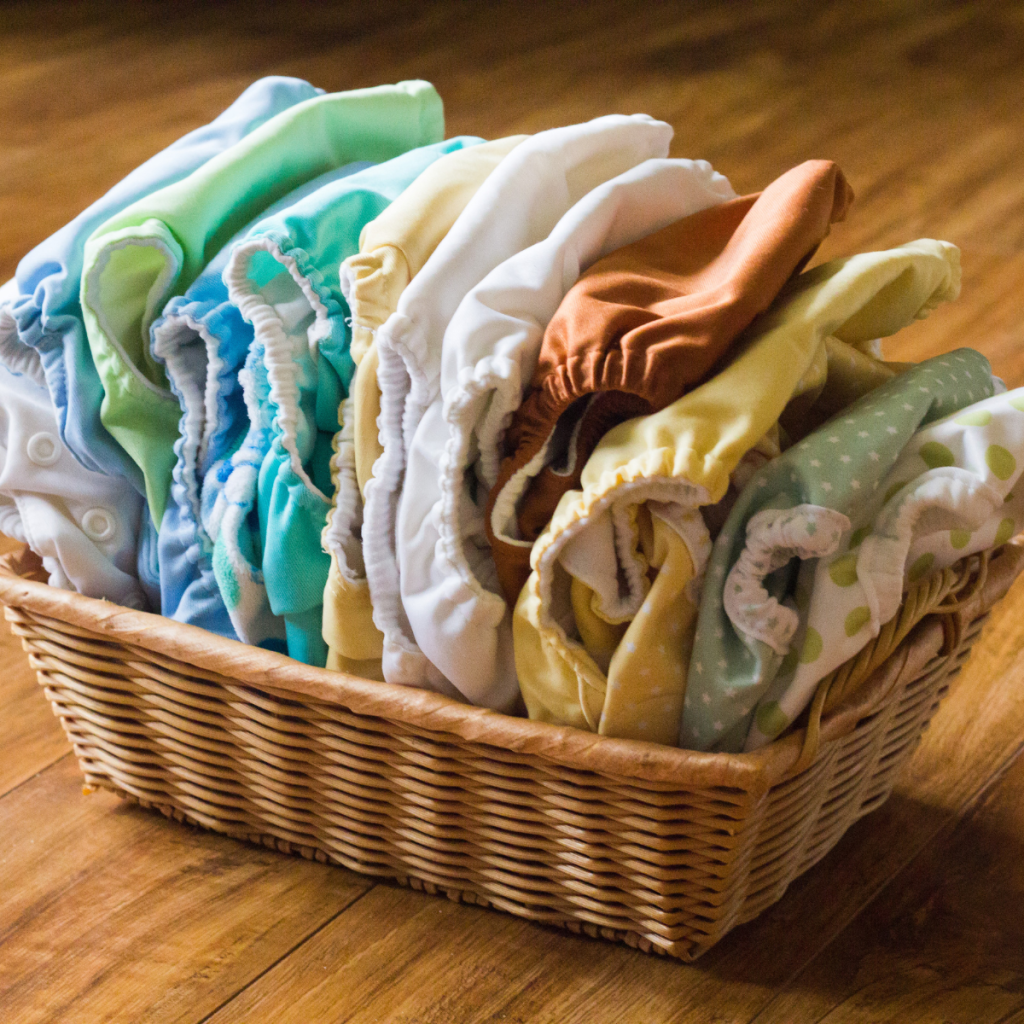
Why I Love Cloth Diapers
As a mom of five, I’ve had the chance to try every single type of cloth diaper made in the last 12+ years, from the classic to the modern versions. I’ve also tried most of the brands out there, and I can confidently say that cloth diapering has been a game-changer for me. Not only do I love the fun and cute prints that come with cloth diapers, but I also appreciate knowing that my children are being exposed to fewer chemicals, especially during their early and most vulnerable years.
Cloth diapering has become second nature to me, and it’s something I genuinely enjoy. I even took cloth diapers on a week-long vacation with my first child, flying across the country with a suitcase packed with cloth diapers. It’s a little extra effort, but the peace of mind and sustainability it offers make it worth it.
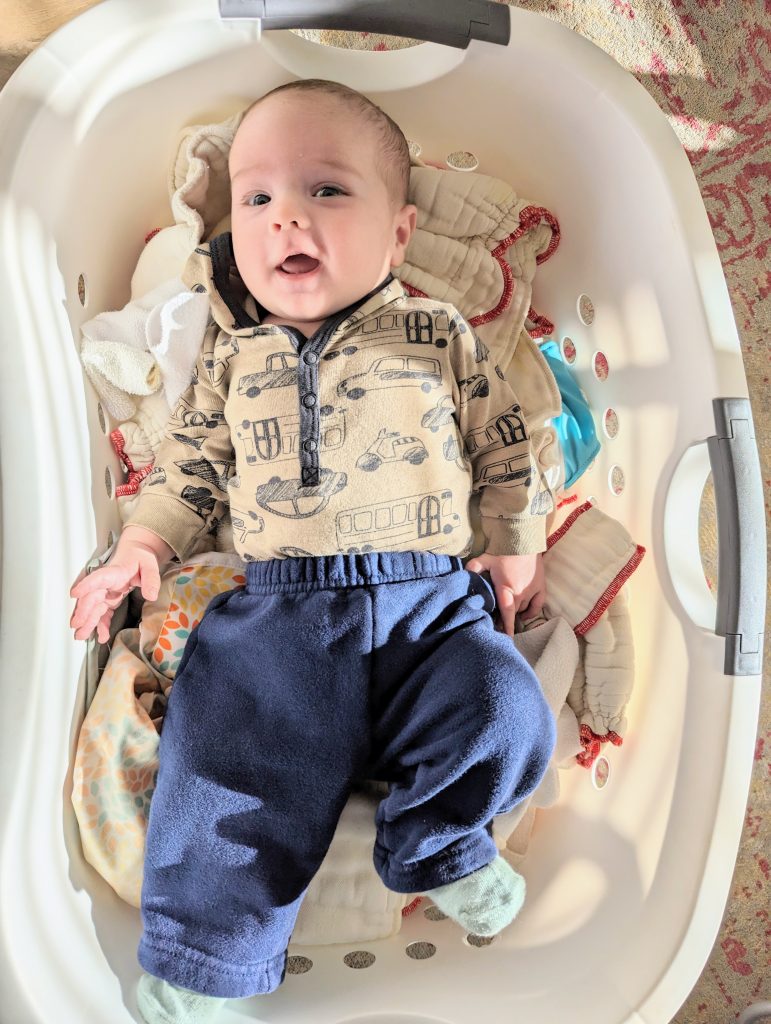
What I love most about cloth diapers is how versatile and sustainable they are. Over the years, I’ve seen them evolve and become even easier to use, all while reducing waste and providing a healthier option for babies. Whether you’re at home or on the go, cloth diapers make parenting just a little bit easier, and they’re a choice I will always stand by.
Why Choose Cloth Diapers?
The different types of cloth diapers are a great way to care for your baby while supporting sustainable and eco-friendly living. Compared to disposable diapers, cloth diapering is not only better for the environment but also for your baby’s health.
Environmental Benefits
Cloth diapers significantly reduce the waste created by disposable diapers. Each disposable diaper takes hundreds of years to decompose, contributing to overflowing landfills. Cloth diapering is a sustainable solution that can be reused for years, making it an excellent choice for environmentally conscious families.
Health Advantages for Your Baby
Disposable diapers often contain chemicals that are not disclosed on the packaging, nor are manufacturers required to list them. Recent findings have revealed that even well-known brands may contain PFAs, commonly known as “forever chemicals,” which are linked to various health concerns. Cloth diapers made from natural fibers like organic cotton or bamboo are gentle on your baby’s skin, offering a safer, chemical-free option. Synthetic fibers and stay-dry materials in modern cloth diapers add comfort while still prioritizing safety.
Cost-Effectiveness
One of the biggest advantages of cloth diapering is the cost savings over time. Although the initial investment may seem higher, reusable cloth diapers can be used for multiple children. For example, I have cloth diapers from my first child that we used for our fifth. When properly cared for, these diapers can last for years, making them a financially sound option for families. One-size diapers, which adjust as your baby grows, further increase their value by eliminating the need to purchase different sizes.
Personalization and Comfort
Cloth diapers offer many customizable options to suit your lifestyle and baby’s needs. Natural fibers provide breathability and softness, while synthetic materials and stay-dry linings add convenience for busy parents. With the various types of cloth diapers available, you can find a system that aligns with your values and ensures your baby’s comfort and protection.
Choosing cloth diapers is not just a practical choice; it’s a commitment to your baby’s health, your budget, and the planet’s well-being.
Save for Later!
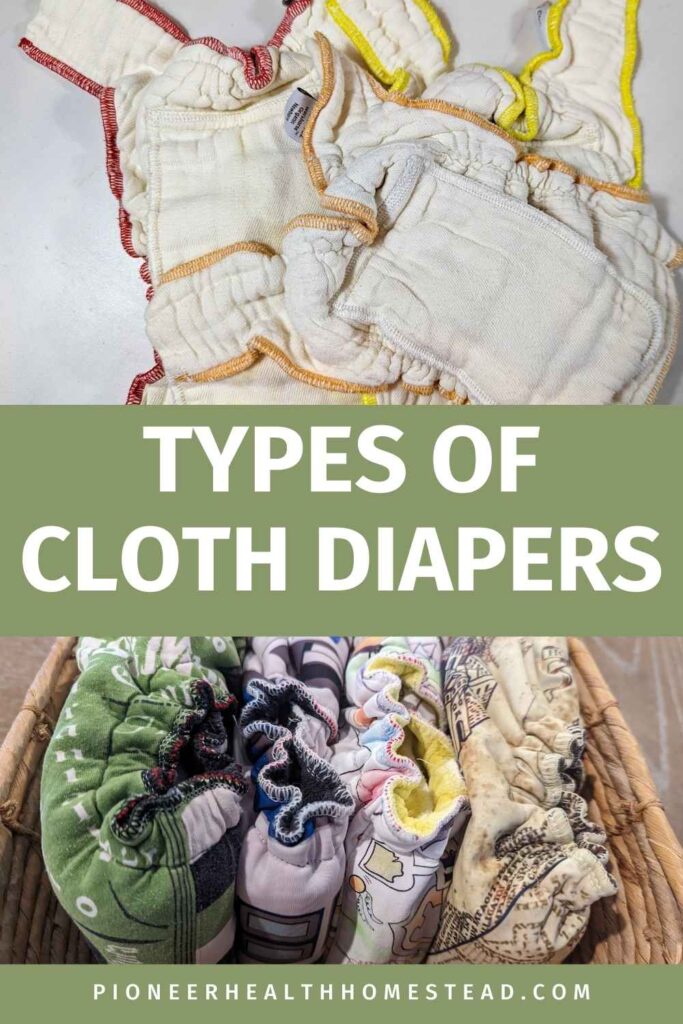
The Major Types of Cloth Diapers
Flat Cloth Diapers and Flour Sack Towels
Flat cloth diapers and flour sack towels are simple, versatile options. Stretchy flats provide a modern twist, offering better fit and flexibility. These are excellent for achieving a trim fit when folded properly and are suitable for various sizes. Flat cloth diapers are ideal for newborns or can be used as a diaper insert.
Generally, these types of cloth diapers are very inexpensive. To close these diapers there are two options today. The first is the typical safety pin to close them at the hips. The other type is a Snappi and is much easier and less likely to stab you with a wiggling child. You can then add the waterproof or wool diaper cover if desired (see below).
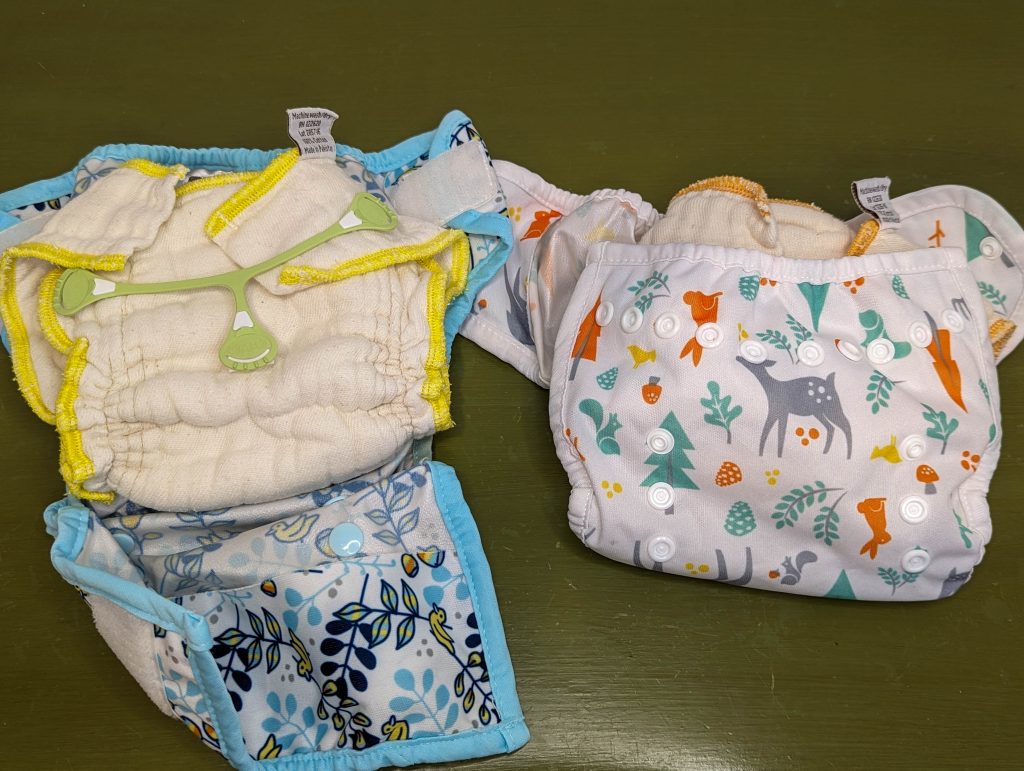
Prefold Diapers
Prefold diapers are pre-folded for convenience, making them easier to use than flat diapers. They pair well with waterproof diaper covers or wool covers for added protection. Known for their affordability and absorbent inner layer, prefold diapers are a popular choice for budget-conscious families. These diapers will also require the safety pin or Snapi.
Prefold diapers are both inexpensive but you will have to buy larger ones as your baby grows. These can last a very long time and then be used as burp cloths and even cleaning rags down the road.
Fitted Cloth Diapers
Fitted cloth diapers are designed to fit snugly around the baby’s body, providing excellent leak protection. They are especially useful for overnight use and are a reliable option for heavy wetters. Pairing fitted cloth diapers with a waterproof cover, like the Thirsties Duo Wrap, enhances their effectiveness. These diapers will also require the safety pin or Snappi.
These diapers are generally a bit more expensive because you have to continue to size up as your child grows. However, these are by far my favorite as they are simple to use and clean. They are also available in an organic cotton from Green Mountain Diapers.
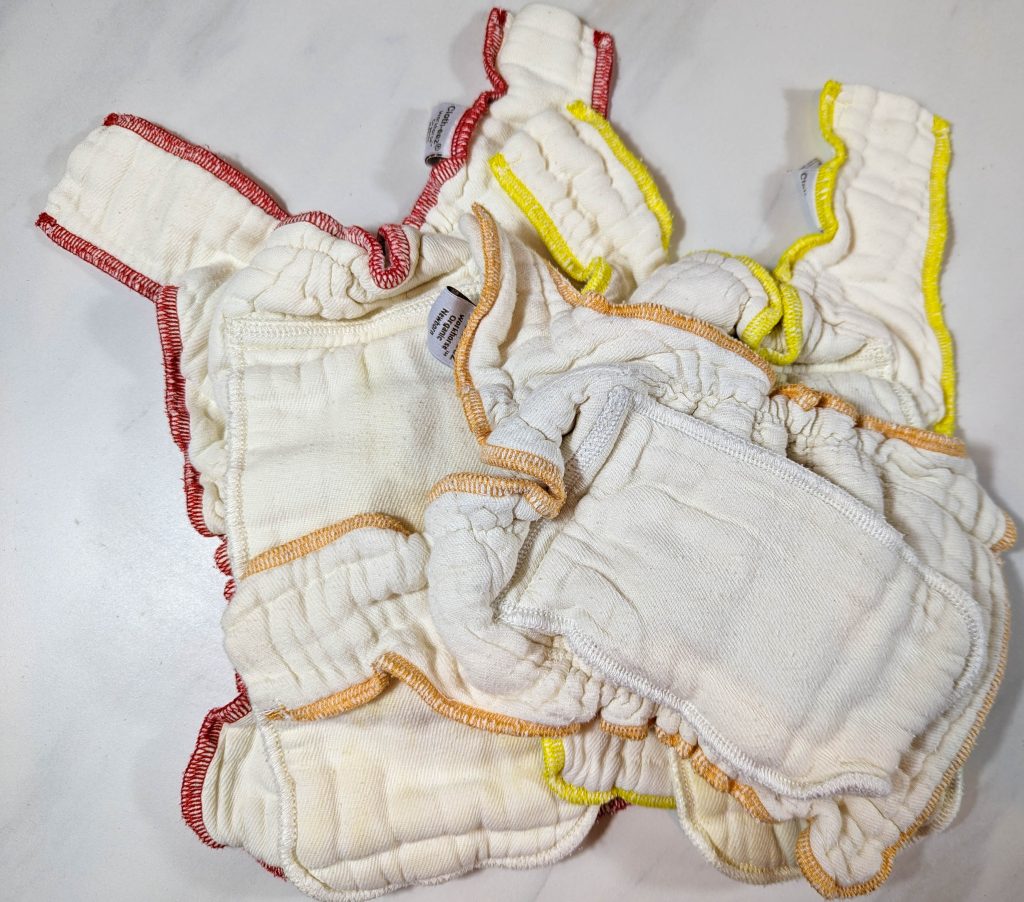
Pocket Cloth Diapers
Pocket cloth diapers feature a pocket opening for cloth inserts or microfiber inserts. There are other insert variations available today including some organic options. You are also able to insert prefolds and flats if desired. This design allows for customizable absorbency layers, making them a versatile option. Pocket cloth diapers are a great choice for modern cloth diapering due to their ease of use and flexibility.
These were not my favorites after more than one child because of the time to stuff each diaper after each wash. They are the most versatile in my opinion though if you need to add in extra absorbency.

All-in-One (AIO) Cloth Diapers
All-in-one cloth diapers integrate the absorbent layer and waterproof outer shell into a single design. This makes them the best diaper option for busy parents seeking convenience and simplicity. The entire diaper functions as a complete solution, reducing the need for additional components.
Hybrid Cloth Diapers
Hybrid cloth diapers combine reusable and disposable inserts, offering flexibility for families transitioning from disposable diapers. Hybrid systems are a great option for parents seeking convenience while embracing cloth diapering.
WAHMs (Work-at-Home Moms) and Cloth Diapers
One of the unique benefits of cloth diapering is the thriving community of WAHMs (Work-at-Home Moms) who design and create cloth diapers. Many cloth diaper brands and custom creations come from small businesses run by mothers balancing family life and entrepreneurship. Supporting these WAHMs not only gives you access to unique and high-quality diapers but also helps empower other moms in their businesses. Plus, you often get more personalized options, like custom prints, unique fabrics, and tailored designs, making cloth diapering even more fun and meaningful.
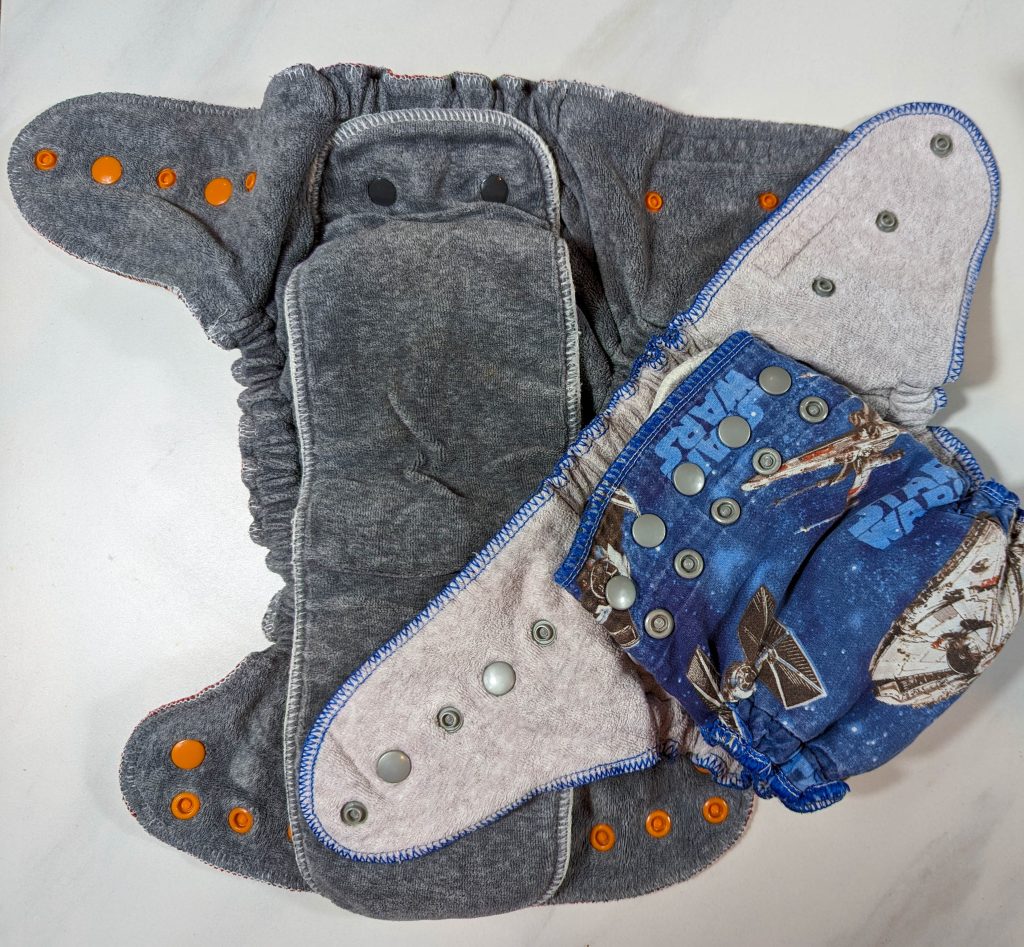
Cloth Diaper Covers and Wool Covers
Cloth diaper covers and wool covers provide an essential waterproof layer to prevent leaks. Closure options include loop closures and traditional diaper pins, catering to different preferences. These covers are available in materials like polyurethane laminate (PUL) and organic cotton, ensuring comfort and durability.
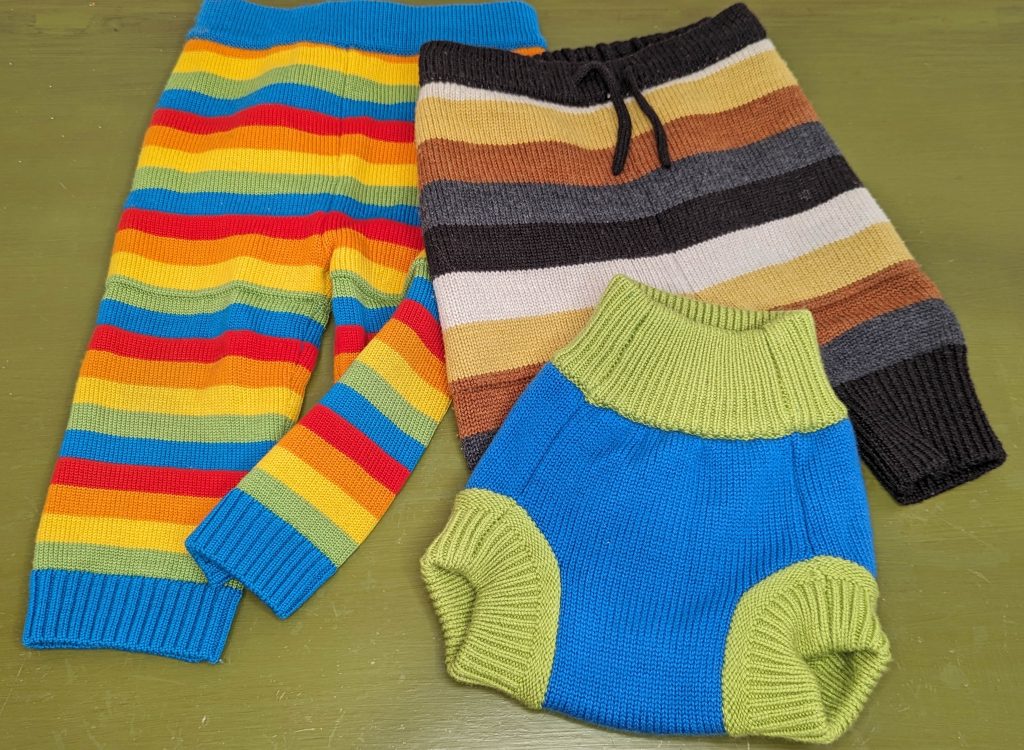
Depending on your child’s body shape, budget, and personal preference, some types of cloth diapers will work better than others.
Key Features to Look For
When choosing the best cloth diapers, understanding their key features helps ensure comfort, effectiveness, and convenience for your baby and your family.
Absorbent Material
The absorbent material is the foundation of a reliable cloth diaper. Options like cotton, bamboo, and hemp are popular for their superior absorbency and natural comfort. These materials wick moisture away from your baby’s skin, reducing irritation and keeping them dry. Bamboo and hemp are particularly efficient for heavy wetters, while cotton offers a balance of affordability and effectiveness. Choosing natural fibers ensures your baby’s sensitive skin is treated gently, without exposure to harsh chemicals.
Waterproof Exterior
A waterproof exterior is vital for preventing leaks and protecting clothing and bedding. Thermoplastic polyurethane (TPU) is a lightweight, durable option that provides a reliable waterproof barrier while remaining soft and flexible. For parents who prefer natural materials, wool covers are an excellent choice. Wool is breathable, eco-friendly, and highly effective at repelling moisture when properly lanolized. The choice between TPU and wool often depends on your lifestyle and preferences, but both are great options for maintaining dryness.
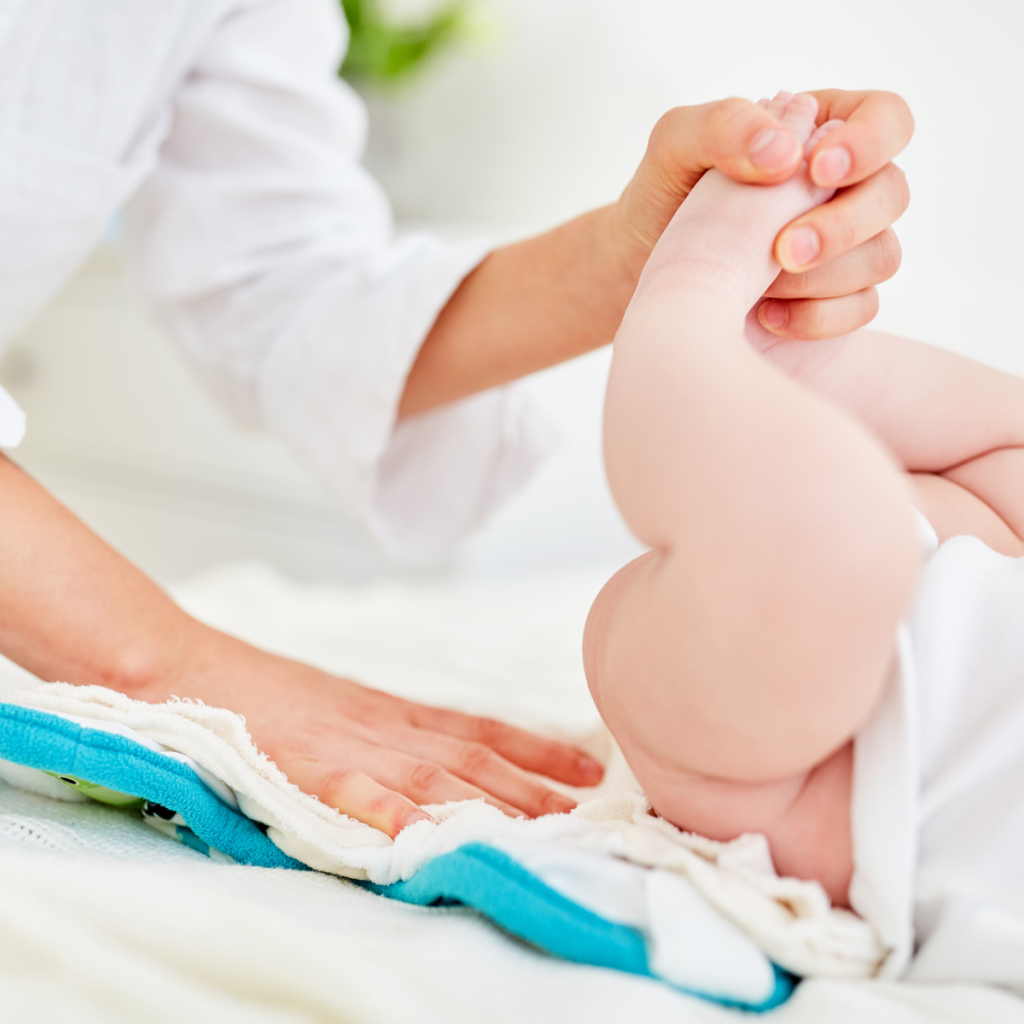
Ease of Use
Ease of use varies across different types of cloth diapers, and it’s important to select one that fits your routine and comfort level. All-in-one diapers are perfect for parents who want a straightforward option, as they function like disposables without the waste. Pocket cloth diapers, on the other hand, allow for customization with various inserts, making them ideal for caregivers who want control over absorbency. Simplicity and practicality go hand in hand when choosing a diapering system that works for your family.
One-Size Diapers
One-size diapers are a versatile choice that grows with your baby, offering an adjustable fit from newborn to toddler stages. These diapers feature snaps or Velcro closures that allow parents to customize the size as their baby grows. Investing in one-size options not only simplifies your diaper stash but also offers long-term savings by eliminating the need to purchase multiple sizes. They’re a cost-effective and practical solution for families looking to maximize their budget.
Cost and Affordability
Cloth diapering is an investment that pays off over time. While the upfront cost may seem higher compared to disposables, the long-term savings are significant. A stash of high-quality cloth diapers can be reused for multiple children, dramatically reducing diapering expenses. For example, buying a combination of one-size diapers and affordable prefolds or flats offers a budget-friendly approach. Additionally, many communities and online groups offer pre-loved cloth diapers, providing an economical way to build your stash.
By carefully considering these key features, you can find a cloth diapering system that aligns with your baby’s needs, your budget, and your lifestyle. Making an informed choice ensures a comfortable and effective diapering experience while supporting sustainable living.
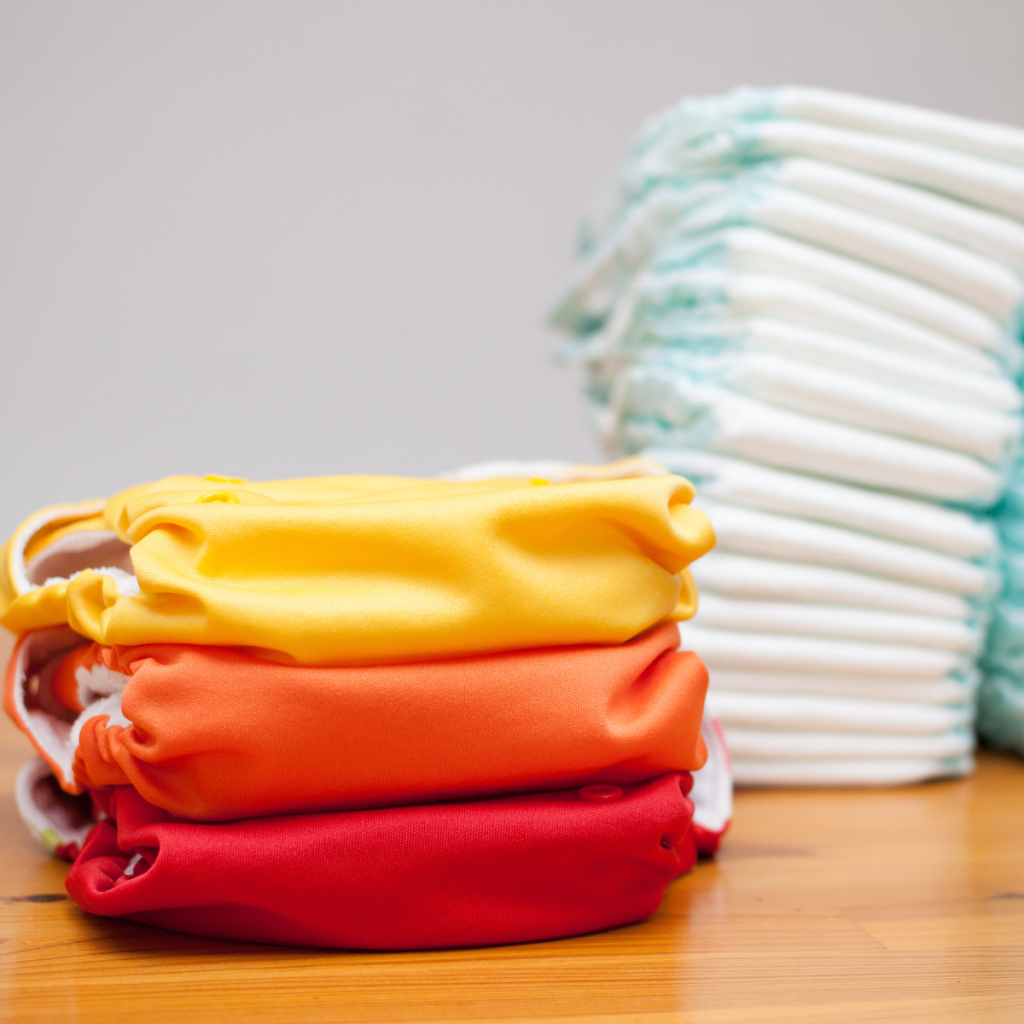
Washing and Caring for Cloth Diapers
Proper care for your cloth diapers ensures they remain effective, comfortable, and long-lasting. Washing and storing them correctly is key to maintaining their absorbency and preventing odors or stains.
Step-by-Step Guide to Washing Cloth Diapers
Learning how to wash cloth diapers might feel overwhelming at first, but it becomes second nature with a good routine. Watch my YouTube video where I demonstrate my exact wash routine step by step. I’ve also written a detailed blog post to guide you through every step of the process for reference.
Until your baby starts eating solid foods, their poop is water-soluble and can go straight into the washing machine. Once solids are introduced, you’ll need to rinse off the poop before washing. The most common and convenient method is using a diaper sprayer attached to your toilet. Another option is to use disposable liners that catch solids and can be discarded. Alternatively, some parents opt for the “swish and dunk” method, where the diaper is swirled in the toilet to remove solids. Choose a method that works best for your family and lifestyle.
Importance of Protecting the Stay-Dry Layer
Modern cloth diapers often feature a stay-dry lining designed to keep your baby comfortable. Protecting this wicking layer is crucial for maintaining the diaper’s performance. Avoid using fabric softeners or oily diaper creams, as these can coat the lining and reduce absorbency. Instead, opt for cloth diaper-safe creams and detergents specifically formulated for these materials.
Using a Wet Bag for Convenience
A wet bag is an essential accessory for cloth diapering on the go. These waterproof, odor-proof bags allow you to store soiled diapers until you can wash them. They come in various sizes, making them perfect for outings or daycare. At home, a larger wet bag or diaper pail liner can keep your laundry area organized and reduce odors.
Resources to Make It Easier
If you’re still unsure or need additional support, I’ve created a comprehensive YouTube video demonstrating the best way to wash and store cloth diapers. The video covers everything from pre-rinsing to drying, with tips to simplify your routine. Don’t forget to check out my blog post for a written step-by-step guide and product recommendations to make cloth diaper care stress-free.
With the right routine and tools, washing and caring for cloth diapers becomes an easy, sustainable, and rewarding process.
Tips for Successful Cloth Diapering
Cloth diapering is a rewarding journey, but having a few tips in your back pocket can make all the difference. It’s not just about practicality—it’s also so much fun to dress your baby up in cute, squishy cloth diapers!
Have a Variety of Styles
No two babies are alike, and neither are cloth diapering needs. Keep a variety of styles on hand, from flats to all-in-ones, so you can adjust based on your baby’s body shape, your preferences, and even the situation. For instance, pocket diapers might be perfect for daycare, while a snug-fitted diaper with a wool cover can handle heavy wetters overnight.
Always Carry a Diaper Bag with Backups
A well-stocked diaper bag is a lifesaver. Include at least two backup cloth diapers, a wet bag, and wipes. If your baby is prone to blowouts or leaks, consider carrying an extra outfit as well. Staying prepared ensures you’ll handle any situation with ease.
Adjust to Your Baby’s Needs
Cloth diapering evolves as your baby grows. For heavy wetters, consider adding hemp or bamboo inserts for extra absorbency. When potty training, look for cloth training pants that encourage independence while still protecting against accidents. Keeping an eye on your baby’s unique needs ensures a comfortable and effective cloth diapering experience.
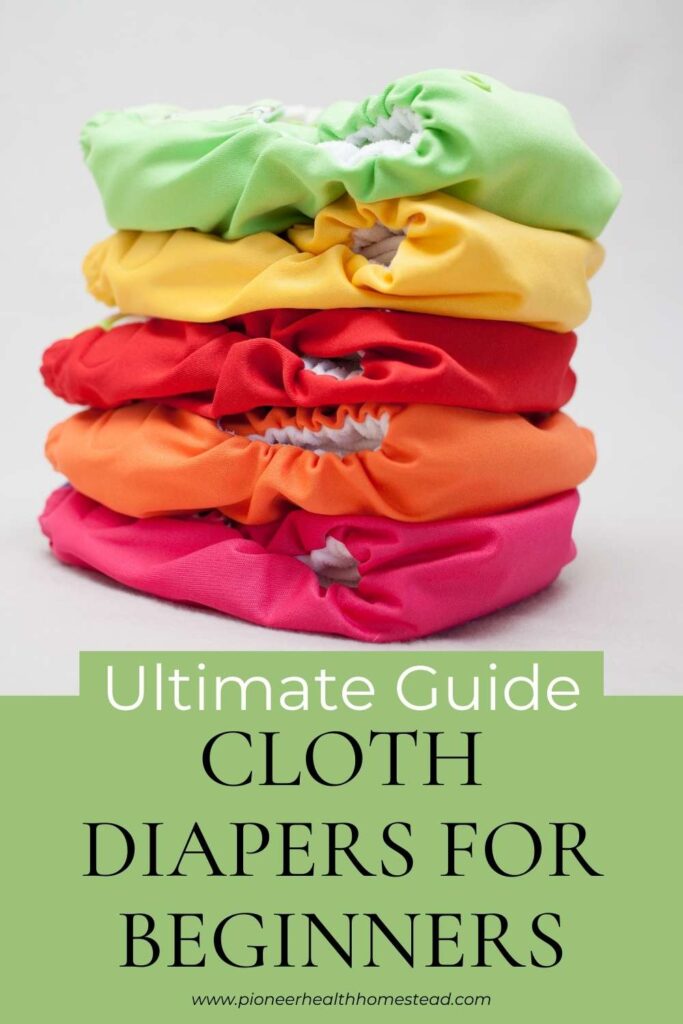
Pros and Cons of Cloth Diapering
Cloth diapering offers numerous benefits, but it’s essential to weigh the pros and cons to decide if it’s right for your family.
Pros of Cloth Diapering
- Environmentally Friendly: Cloth diapers significantly reduce landfill waste compared to disposable diapers.
- Healthier for Baby: With no hidden chemicals, cloth diapers are gentler on your baby’s sensitive skin.
- Cost-Effective: While the upfront cost is higher, the long-term savings are substantial, especially with one-size diapers or reusing them for multiple children.
- Adorable Designs: Cloth diapers come in a variety of cute prints and colors, making diaper changes a fun opportunity to dress up your baby in stylish, squishy fluff.
Cons of Cloth Diapering
- Learning Curve: It takes time to learn how to fold, adjust, and care for cloth diapers properly.
- Laundry Commitment: Washing cloth diapers adds to your weekly laundry routine, requiring some planning and effort.
- Trim Fit Challenges: Finding the right trim fit can be tricky with certain styles, especially for snug clothing.
- Closure Options: Velcro and snaps each have their quirks, and you’ll need to find what works best for you and your baby.
While cloth diapering has its challenges, the benefits often outweigh the drawbacks for families seeking a natural, sustainable, and cost-effective way to diaper their baby. Plus, nothing beats seeing your little one in an adorable cloth diaper that reflects their unique personality!
Overview
Cloth diapering is more than just a sustainable choice—it’s a way to care for your baby’s health, save money, and reduce your environmental footprint. From adorable prints to customizable features, cloth diapers offer options that cater to every family’s lifestyle and preferences. With the right knowledge and preparation, cloth diapering can be a practical, enjoyable, and rewarding experience. Whether you’re drawn to the environmental benefits, cost savings, or just the joy of dressing your baby in cute and squishy diapers, cloth diapering has so much to offer.
By understanding the various types of cloth diapers, key features to look for, and tips for success, you can confidently make the switch and enjoy all the benefits cloth diapering brings. It may take some trial and error to find what works best for your baby, but the journey is well worth it.
Let Me Know!
Are you already using cloth diapers, or are you just starting your journey? I’d love to hear your thoughts, experiences, and any questions you have! Leave a comment or connect with me through my blog or social media. If you’re looking for more guidance, be sure to check out my YouTube video and blog post for step-by-step tips on washing and caring for cloth diapers. Together, we can navigate the world of cloth diapering and make it a fun and fulfilling experience for you and your baby!
This post contains affiliate links, which means I make a small commission at no extra cost to you. You can view our privacy policy here.
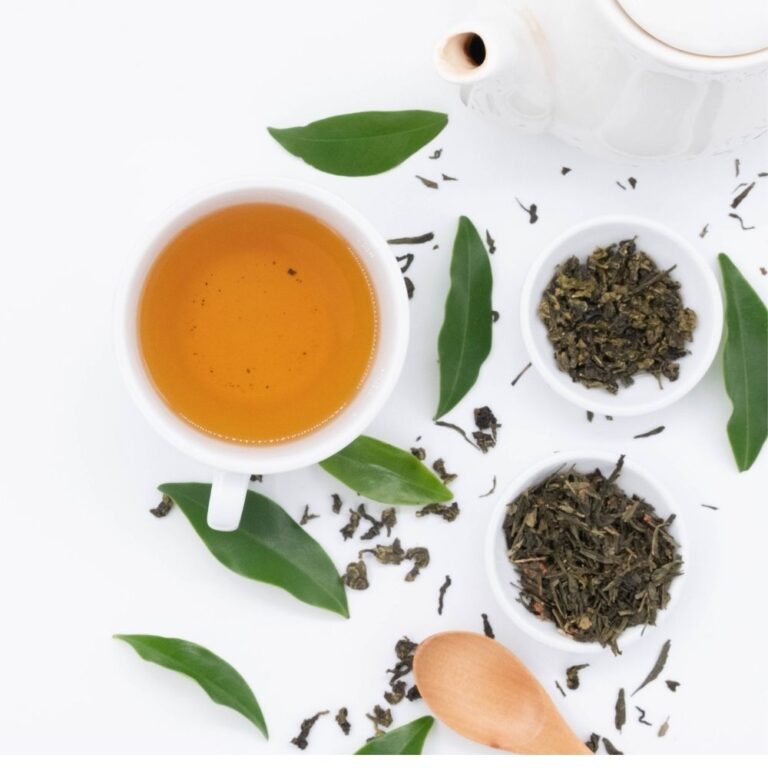
Green Tea Vs Herbal Tea: The Best Complete Tea Guide
Sharing is caring! Facebook Pinterest X Green Tea Vs Herbal Tea: The Best Complete Tea Guide Understanding the Differences Green tea vs herbal tea is a popular debate among tea lovers worldwide. Both offer unique flavors, health benefits, and caffeine content. Tea has a rich history and is enjoyed in many cultures. From Chinese green…
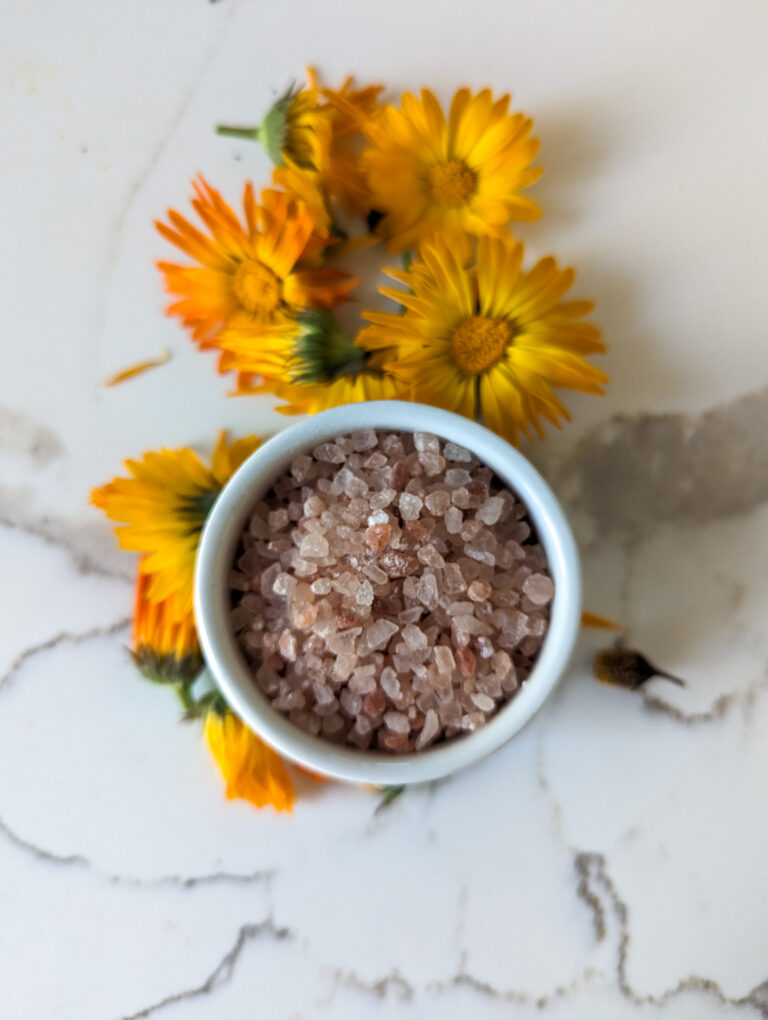
How to Make Bath Salts Without Epsom Salt: Free Recipe
How to Make Bath Salts Without Epsom Salt: Free Recipe How to Make Bath Salts Without Epsom Salt Homemade bath salts without Epsom salt are a great way to enjoy a luxurious soak. You can use natural ingredients like coarse sea salt, baking soda, and pink Himalayan salt for a soothing experience. A relaxing bath…
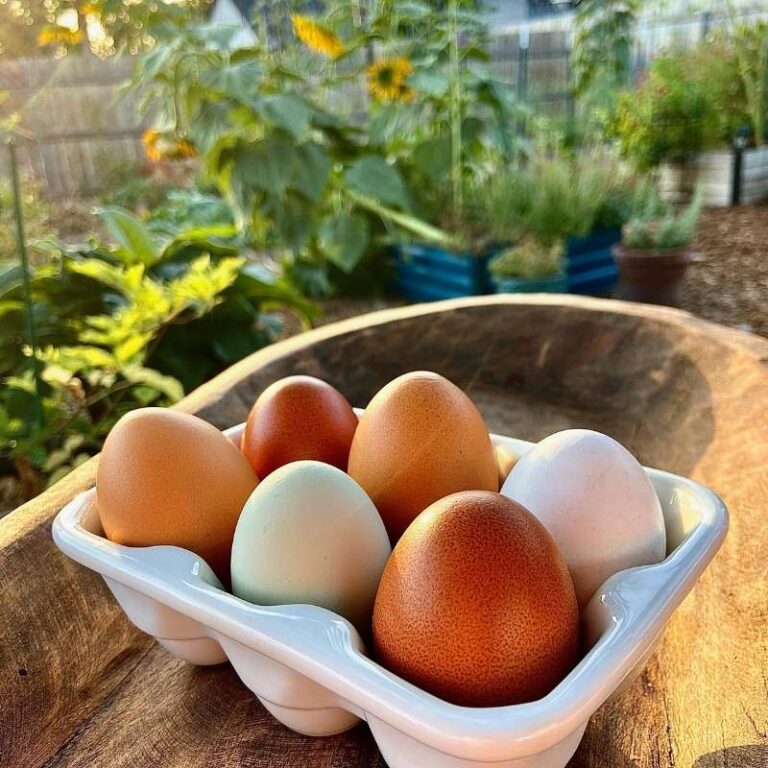
Homesteading in California: How to Start at Any Stage
Homesteading in California: How to Start at Any Stage How Homesteading in California is Possible Homesteading in California is a journey that looks different for everyone, depending on where you live in this vast and diverse state. From the deserts dotted with Joshua trees in the south, to the rugged mountain ranges in the north,…
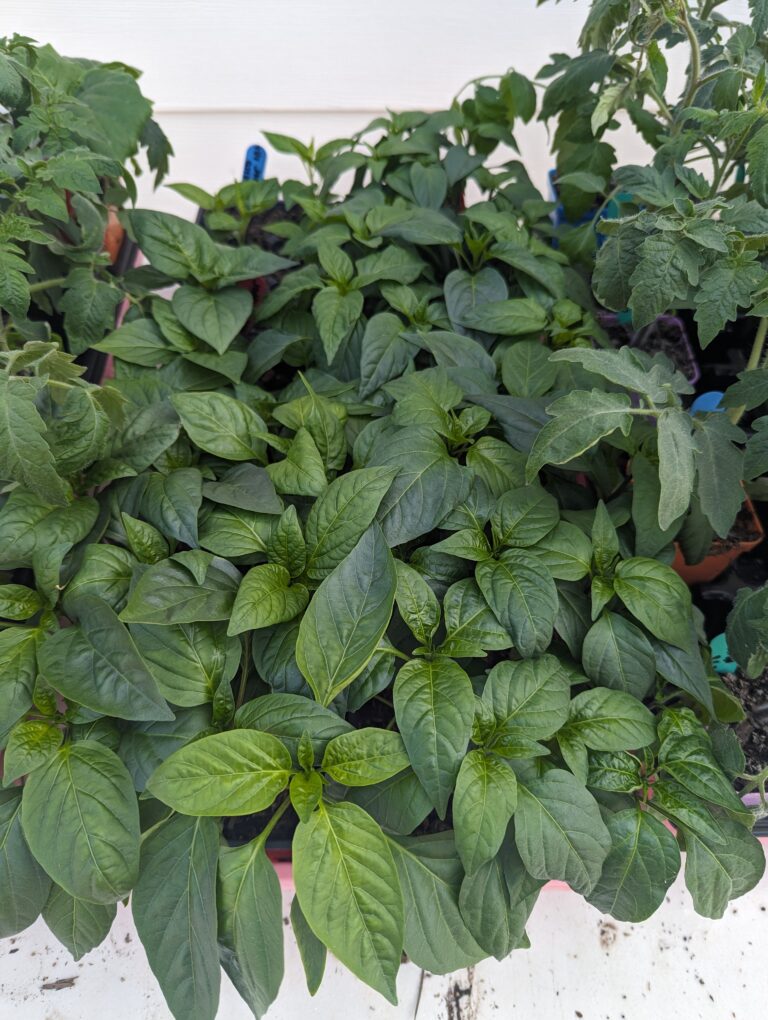
How to Make Peppers Grow Faster: Guide and Easy Tips
How to Make Peppers Grow Faster: Guide and Easy Tips How to make peppers grow faster is a common question among home gardeners seeking to maximize their growing season. Whether you’re nurturing sweet peppers, green peppers, or hot pepper plants, creating ideal conditions is essential for pepper success. The best way to achieve healthy pepper plants…
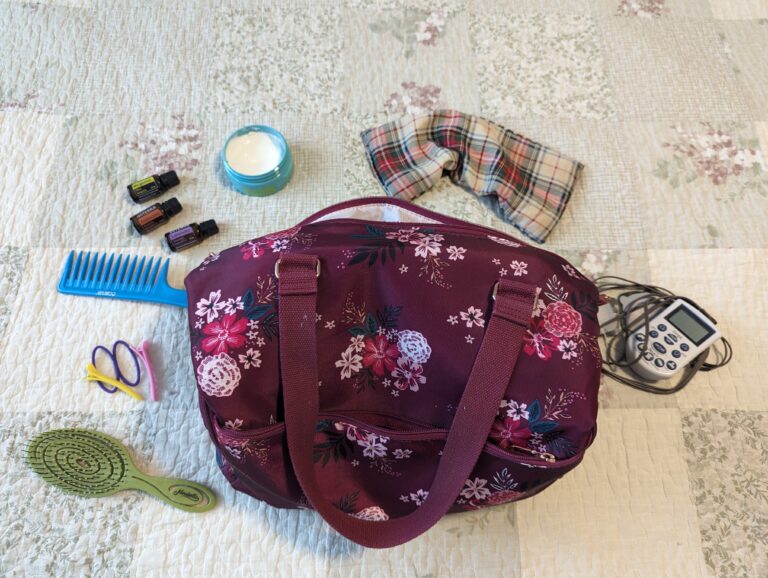
The Best Doula Bag Essentials Kit for Birth and Postpartum
The Best Doula Bag Essentials Kit for Birth and Postpartum The Best Doula Bag Essentials Kit for Birth and Postpartum A well-stocked doula bag is essential for supporting women during birth and postpartum. As a Registered Nurse, mother of five, and former Navy Hospital Corpsman, I’ve experienced the birthing world from many angles. I’ve worked…
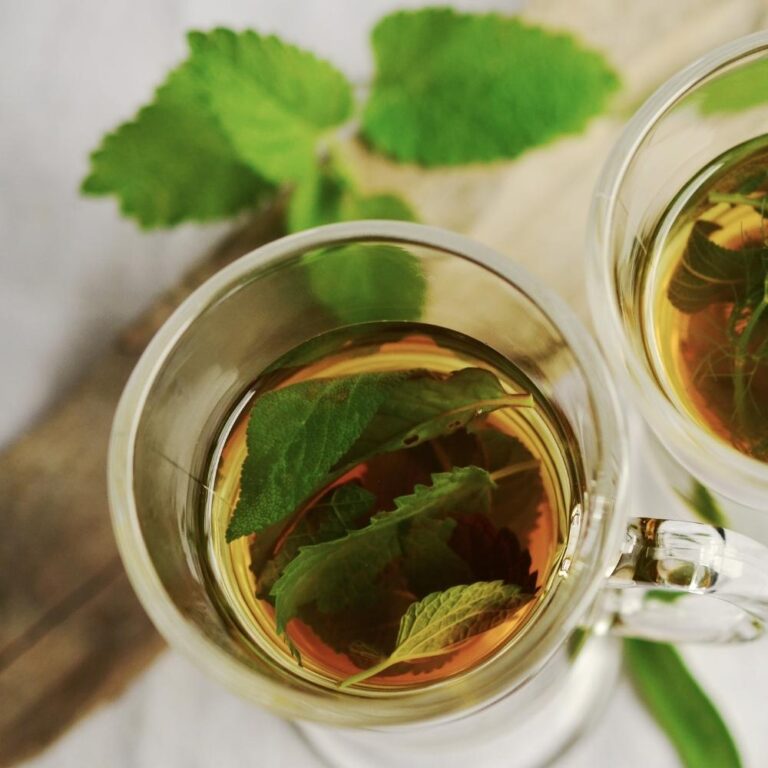
The Best Herbal Tea for Sinus Infection: Natural Treatments
The Best Herbal Tea for Sinus Infection: Natural Treatments Best Herbal Tea for Sinus Infection: Natural Remedies for Sinus Relief The best herbal tea for sinus infection can help relieve common sinus infection symptoms like congestion, pressure, and headaches. Sinus infections, including acute and chronic sinusitis, cause discomfort in the sinus cavities. Symptoms often include…

